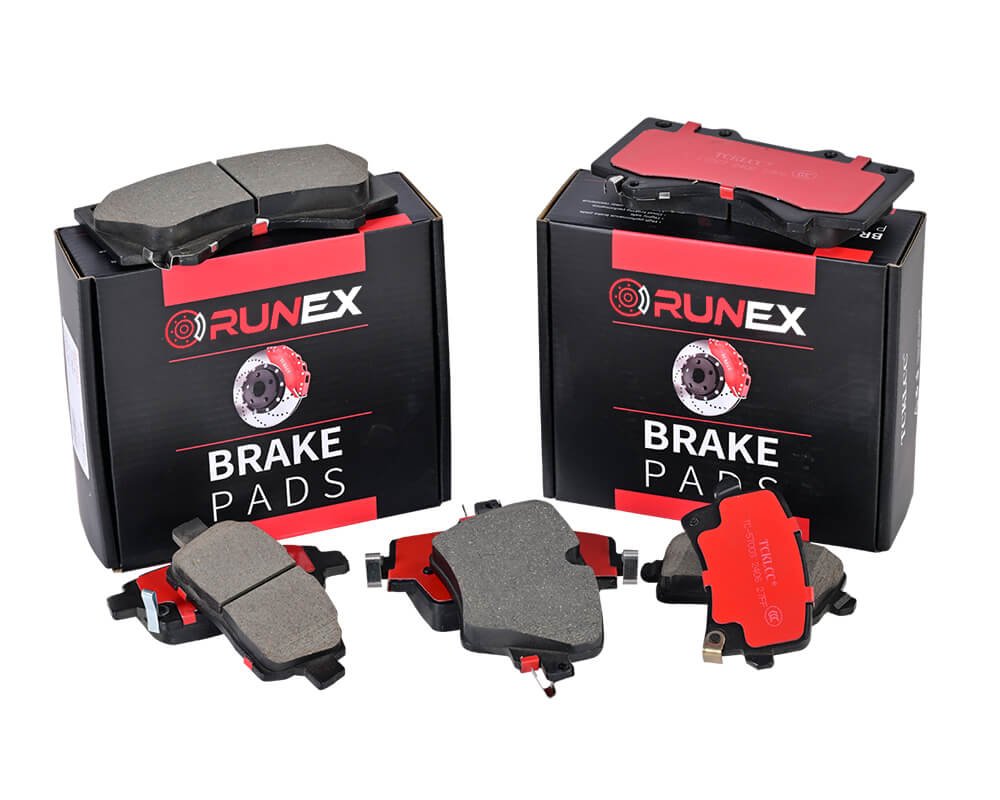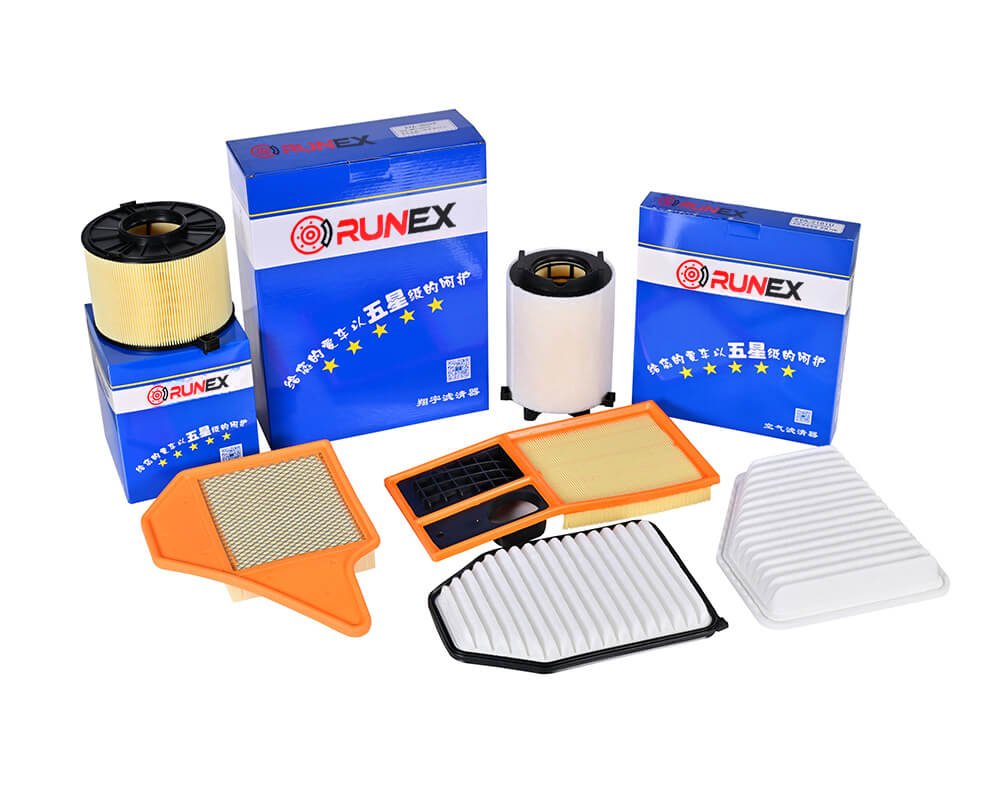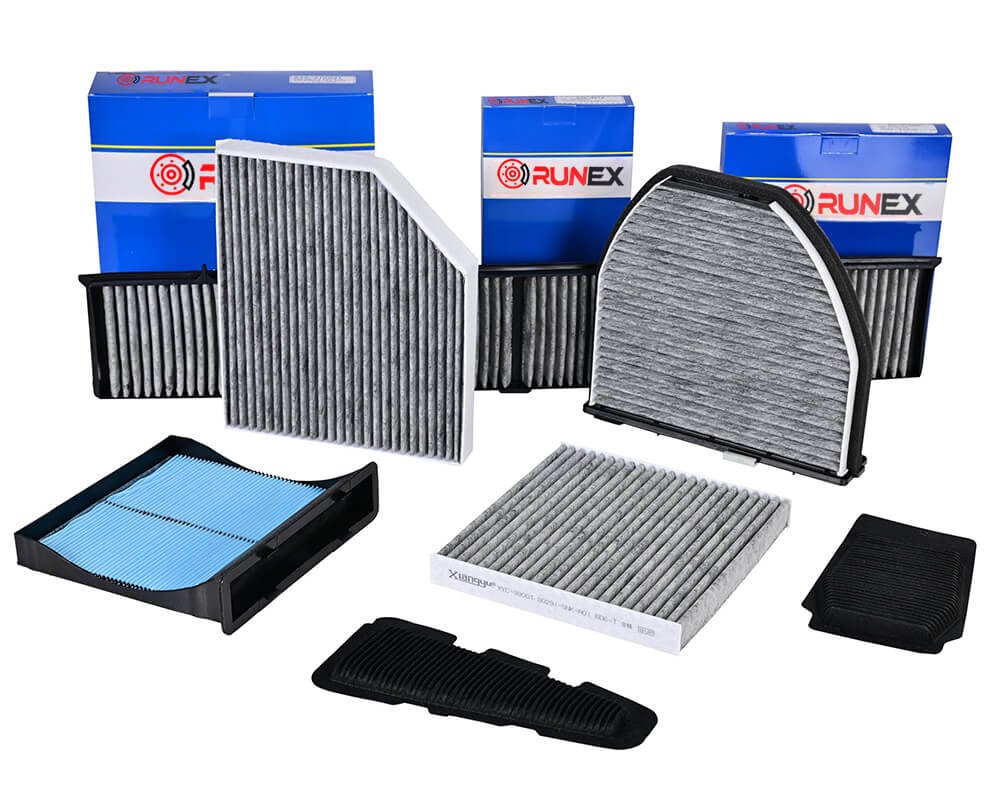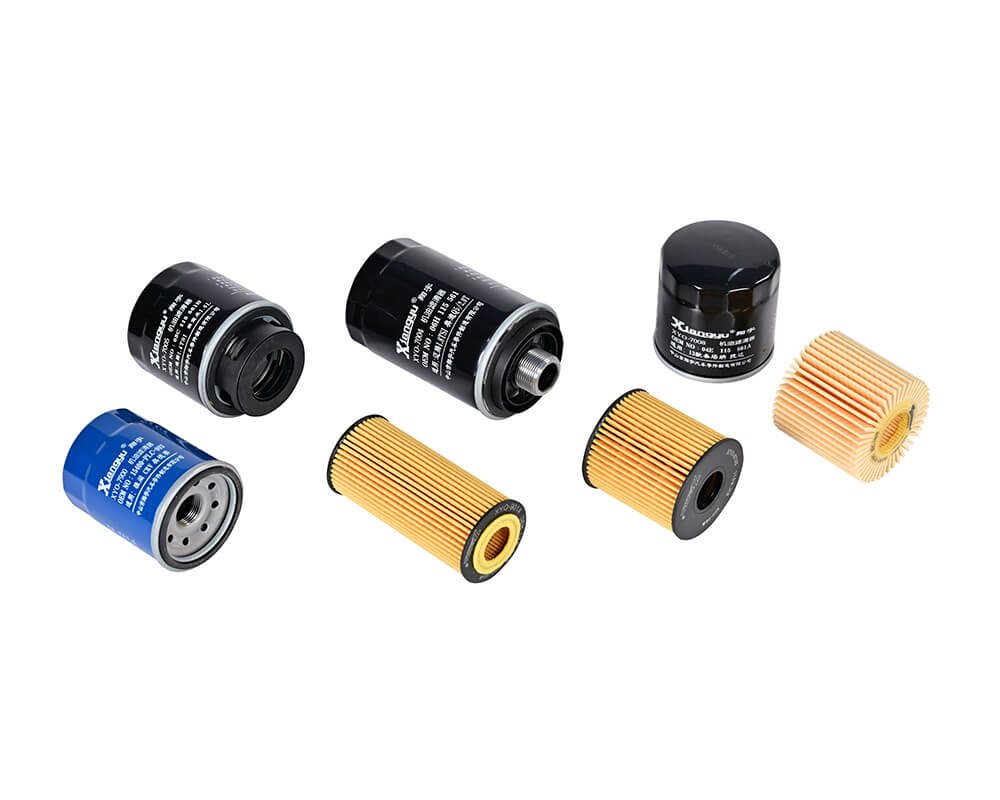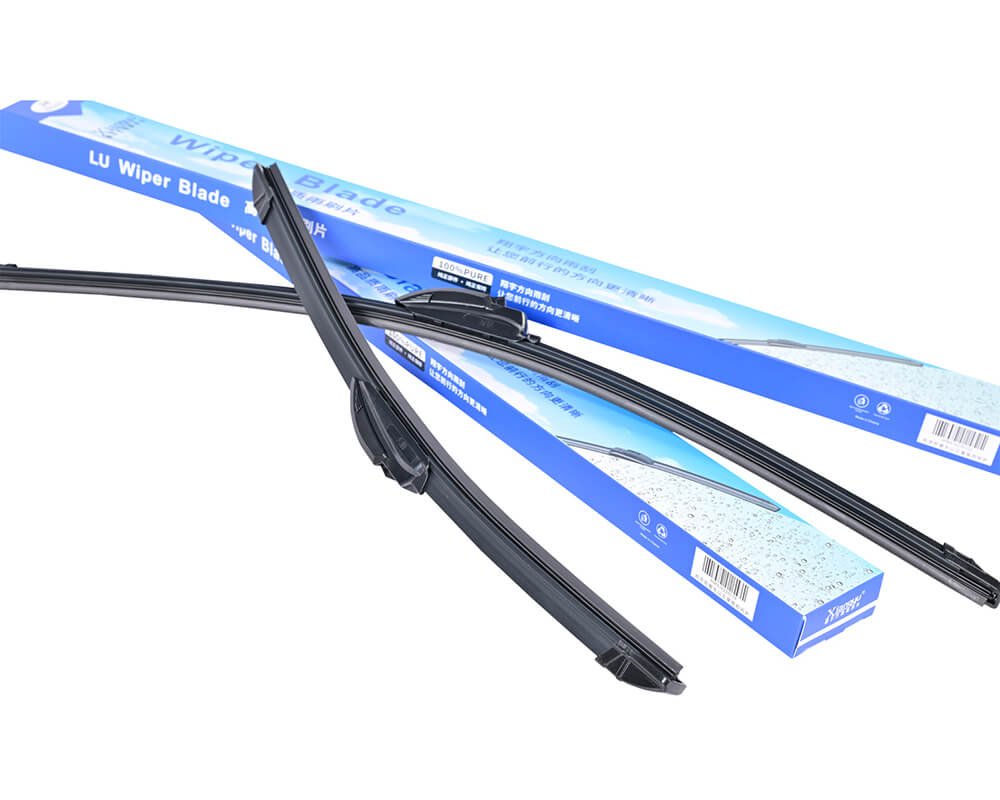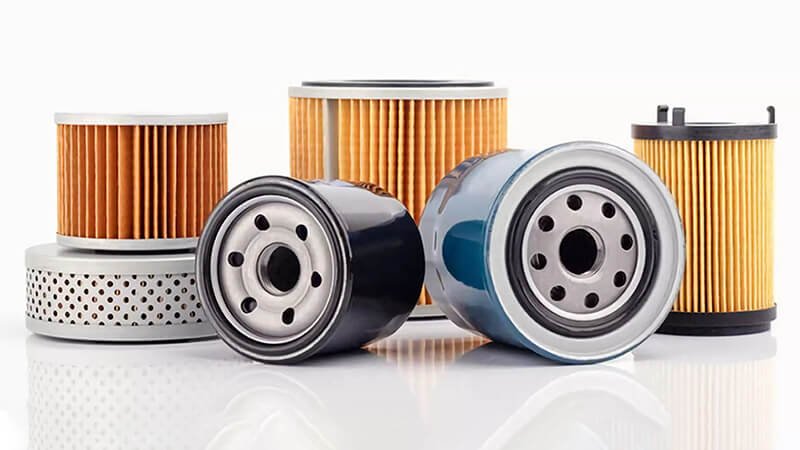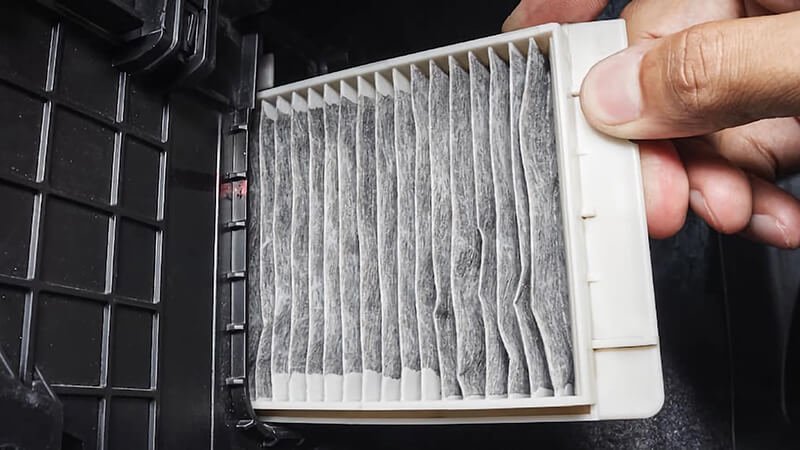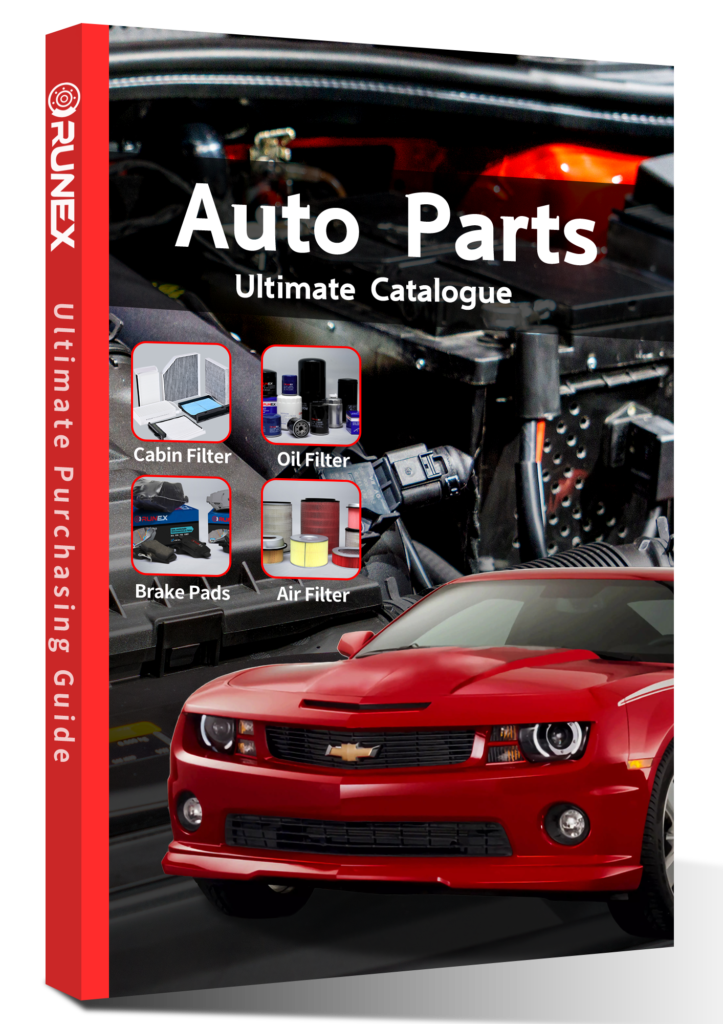When drivers complain about a stale smell, foggy windows, or weak air conditioning—even after service—there’s a silent culprit behind the scenes: the cabin air filter. If you’re in the business of rebranding or distributing automotive parts, this small component could quietly harm your brand.
A worn-out cabin filter causes musty odors, weak airflow, foggy windows, and even overworked HVAC systems. Ignoring it leads to poor driving experience and product returns.
I’ve seen this pattern again and again in the aftermarket. Resellers take the blame when a cabin filter clogs too soon. I’ve had to help multiple clients pivot to Runex cabin filters—our higher dust holding capacity and better micron efficiency mean fewer callbacks and stronger customer reviews.
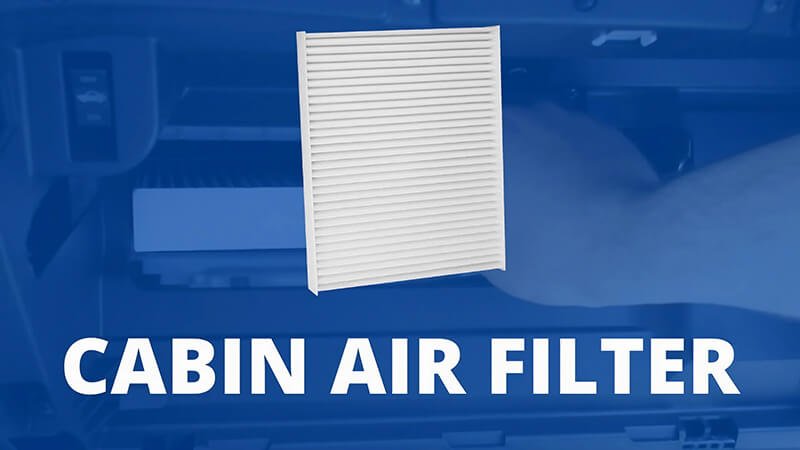
How to know if a cabin filter is wrong way?
When installed incorrectly, even a premium cabin filter loses its power. Customers may still smell mold, complain of low airflow, or see foggy glass—making them assume your product is faulty.
You’ll know the cabin filter is inserted the wrong way if airflow becomes restricted, odors persist, and defogging doesn’t work. This misplacement reduces effectiveness and leads to premature clogging.
Why direction matters
Most cabin air filters1 are directional—one side traps dust, the other supports airflow. Many filters, like our Runex Cabin Filters, are clearly labeled with "Air Flow" arrows. But rebranded parts without visible indicators confuse technicians and users alike.
Common installation errors
| Mistake | Consequence |
|---|---|
| Reversing the filter | Reduced HVAC efficiency2, trapped debris |
| Forcing into wrong fitment | Damaged housing, bypass airflow |
| Using unmarked OEM copies | Unclear direction, improper installation |
What Runex does differently
At Runex, we print airflow direction on every filter housing. Our support team also provides visual guides in OEM packaging. This helps distributors reduce complaints and train mechanics better. When we switched a German client from blank filters to Runex’s labeled ones, their return rate dropped by 38% over two quarters.
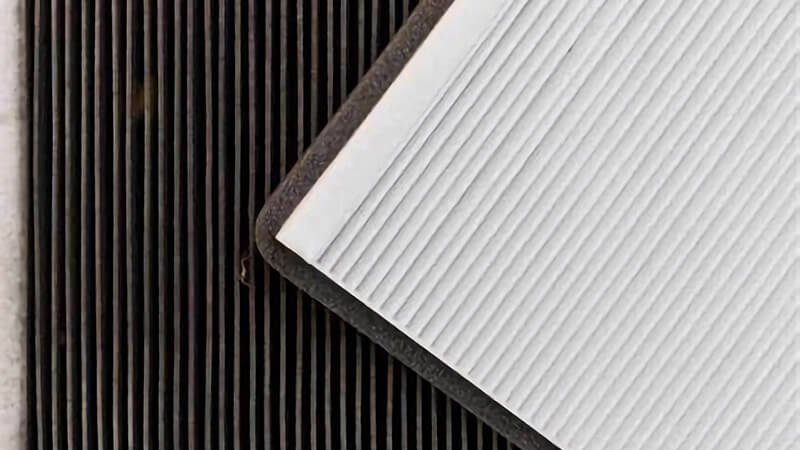
What happens if you have a bad cabin filter?
A bad cabin filter does more than just clog—it creates a chain reaction. Drivers feel discomfort. Mechanics work harder. And distributors lose face when products come back with complaints.
A bad cabin filter leads to moldy smells, poor HVAC output, fogging, and strained fans. It also allows dust and pollen inside, causing discomfort for passengers and eroding brand trust.
The domino effect
When filters clog, air can’t pass freely. HVAC systems then overcompensate—using more energy, wearing out faster. This leads to:
- Electrical blower strain
- Inconsistent cabin temperatures
- Allergen exposure from trapped particles
- Interior condensation from blocked airflow
My experience with product flags
One of our UK distributor clients saw complaints from fleet vehicles that “smelled like they hadn’t been cleaned.” The actual problem? Budget filters were saturated too early due to poor media quality.
We replaced their line with Runex filters3 featuring higher dirt-holding capacity (up to 180g/m²) and electrostatic media. End-user complaints dropped by 90% in just one service cycle.
Why micron matters
Here’s how filtration levels affect experience:
| Micron Rating | Effectiveness | User Impact |
|---|---|---|
| >20 µm | Traps only large debris | Smells, allergens pass through |
| 10–20 µm | Moderate filtration | Minor dust remains |
| <10 µm (Runex) | High efficiency | Fresh air, fewer allergens |

Can I just remove my cabin air filter?
Technically, yes. But the short-term fix turns into long-term regret. Removing a filter won’t save money—it lets debris in, causes HVAC strain, and invites lawsuits if drivers suffer from air quality issues.
You can remove it, but doing so leads to dust buildup, blower damage, and allergic reactions. It hurts vehicle resale value and violates warranty policies in many markets.
What happens without it?
Without a cabin filter:
- Leaves and dirt clog your blower
- Mold can form in ducts
- Pollen, smoke, and fine dust enter directly
- Condensation builds on windows
Many don’t realize—HVAC systems4 are not sealed. They rely on cabin filters to block pollution. Once removed, the risk of costly repairs rises fast.
Real-world case
A client in Spain tried eliminating cabin filters in a budget car line to cut costs. Within six months, blower complaints surged. We stepped in with Runex Eco-Line filters—offering 30% lower cost but full ISO 11155-1 compliance. Complaint tickets dropped 65%, and maintenance shops thanked them for saving labor hours.
Runex solution
We offer tiered cabin filter5 lines—from carbon-infused premium models to cost-effective paper blends. But all maintain at least 85% efficiency at 3 µm. That ensures even budget-friendly cars enjoy clean, filtered air—without exposing drivers or risking returns.
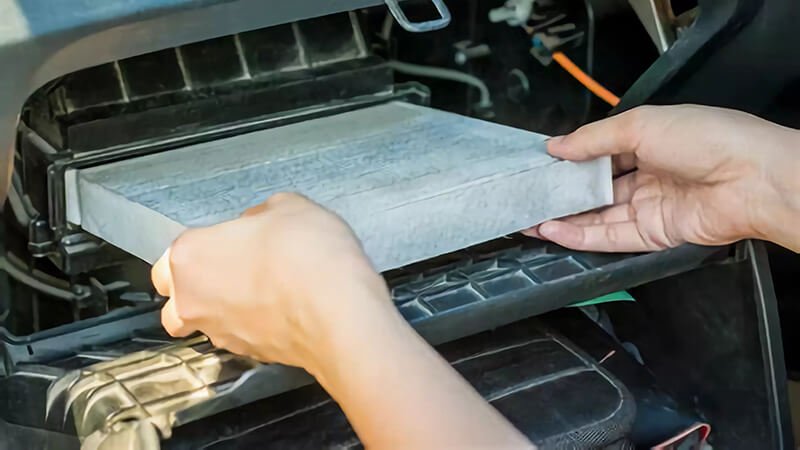
Can a cabin air filter affect acceleration?
At first glance, no. A cabin filter doesn’t touch engine combustion. But poor airflow forces your system to redirect power—and drivers notice sluggish HVAC, which they misinterpret as vehicle underperformance.
A dirty cabin filter doesn’t affect engine acceleration directly—but it stresses the HVAC system, creating the illusion of lag, especially in small vehicles with limited alternator output.
The HVAC-electrical link
Modern cars balance electricity between components. When HVAC systems6 struggle (due to clogged filters7), they pull more power from the alternator. In small-engine vehicles, this drag slightly reduces throttle responsiveness.
When drivers complain
Many distributors report driver feedback like:
- “Feels like the car is sluggish when I turn on AC”
- “Throttle delay right after starting the blower”
- “Better performance when I change cabin filter”
These aren’t imagined. A bad filter forces the system to draw harder, which disrupts electrical harmony.
Data from the field
In tests with a Polish fleet manager, we measured:
| Condition | Acceleration (0–60 km/h) | HVAC Output |
|---|---|---|
| Clogged Filter (Generic) | 9.4 sec | Low, noisy |
| Clean Filter (Runex) | 8.8 sec | Stable, cool |
While the engine didn’t gain horsepower, better airflow let HVAC run efficiently—freeing up electrical balance. The drivers said the cars “felt lighter.”
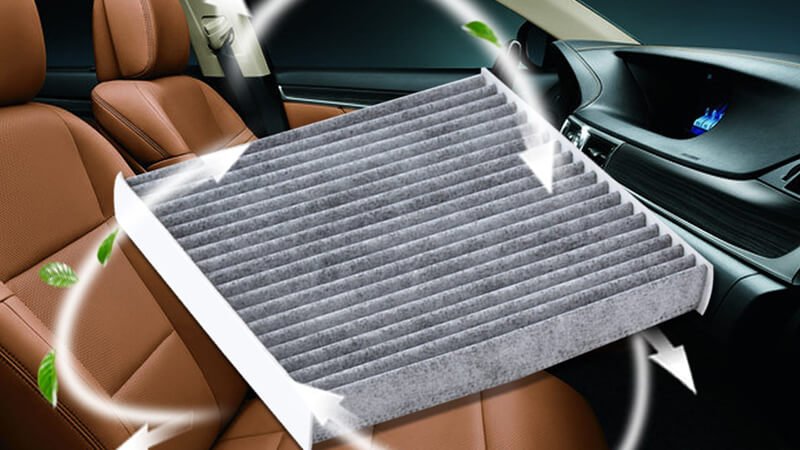
Conclusion
Cabin air filters8 may be small, but their impact on driver comfort, HVAC performance, and customer trust is huge. If you’re in the distribution game, don’t ignore the hidden risks of low-grade filters. With Runex Auto’s high-efficiency, clearly labeled cabin filters, you’re not just selling a part—you’re delivering clean air, fewer returns, and more loyalty down the road.
-
Explore the advantages of cabin air filters to understand their importance in maintaining air quality and HVAC efficiency. ↩
-
Learn effective strategies to enhance HVAC efficiency, which can lead to energy savings and better indoor air quality. ↩
-
Explore how Runex filters enhance air quality and efficiency in HVAC systems, reducing complaints and improving user experience. ↩
-
Exploring HVAC systems will provide insights into their operation and the critical role of cabin filters in ensuring efficiency. ↩
-
Understanding the role of cabin filters can help you maintain air quality in your vehicle and avoid costly repairs. ↩
-
Understanding HVAC system issues can help you maintain your vehicle's performance and comfort. ↩
-
Exploring the impact of clogged filters can enhance your knowledge of vehicle maintenance and efficiency. ↩
-
Find the best quality auto cabin air filter from Runex Auto. ↩


